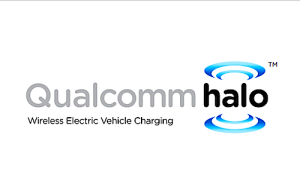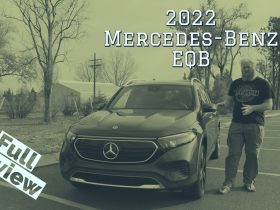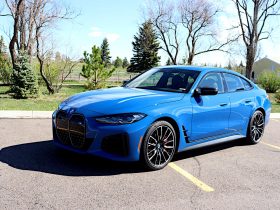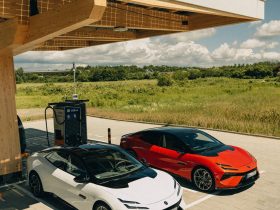
The wait is over, Formula E, electric single seaters will be powered by wireless charging. To the question, will electric cars swap batteries or wirelessly charge, you now have the answer.
Qualcomm has signed an agreement with the FIA.
This is terrific news. Back in 2012, we caught up with the Qualcomm Halo team who devised of an ingenious wireless system that rests on not two but four rings to recharge electric vehicles, EV with little energy loss. I spoke to for Michelin’s Challenge Bibendum Anthony Thompson, Vice President of Business Development & Marketing and Joe Barrett, Senior Director, Marketing, Qualcomm Europe on how this brilliant system worked.
How Does It Work.
The system is simple. When you place two coils over each other with electricity running in one, it excites electrons on the other coil to move. A coil is a ferromagnetic ring with a filament wrapped around it. When you add electricity to it, you create a magnetic field. By adding another same shape and size coil over it, you have a funnel-like magnetic field between the two. Now all you need is a charger, an inverter and a battery pack on a car. This works much the same way your electric tooth brush does. So why not cell phones or electric cars.
The problem with wireless technology is that the greater the distance and misalignment, the more ineffective the system becomes. If the coils are not perfectly aligned, you lose efficiency.
Qualcomm Halo’s system improved by adding two additional bottom coils, thus stretching the magnetic funnel. You now have magnetic funnels that react to the top coil even if the car is not 100% well aligned over the bottom coil. This then means that, even if the top coil is not perfectly aligned with the bottom one, it will still “pull” the magnetic funnels, thus stretching the alignment and raising the overall efficiency of the system. Since it doesn’t use a guidance system, Qualcomm Halo technology removes one of the thorniest issues associated with wireless charging, misalignment, making it a seamless system applicable to almost any driving scenario.
Sponsoring Formula E.
Qualcomm has just announced it is sponsoring the Formula E series for an undisclosed amount for five years. Another early adopter of the technology is the British team Drayson Racing Technologies led by Lord Drayson, whom I interviewed.
You might remember Drayson Racing Technologies broke the electric speed land record in June.
How It Will Work.
So far, the Qualcomm Halo system will only be used to recharge the safety vehicle during the first year of the championship. It will extend the technology to other racers cars in two or three years.
Qualcomm hopes to have several pads on city roads used by the races. This would allow electric vehicle (EV) to recharge while driving and race cars to get a quick charge while lapping the race. The system could also be used to send real-time sensitive information, as Anand Chandrasekher, Qualcomm’s chief marketing officer was quoted saying: “Tyre pressure, engine, fuel, brake fluid, speed, torque – all sorts of things will be monitored on a minuscule nanosecond by nanosecond basis,”
Here is how it works.
We are excited to see Qualcomm Halo pursuing electric racing, since it is shaping up to spark much interest for electric vehicles in general. We will keep you up to date when the electric Drayson B12 69/EV visits us soon.






